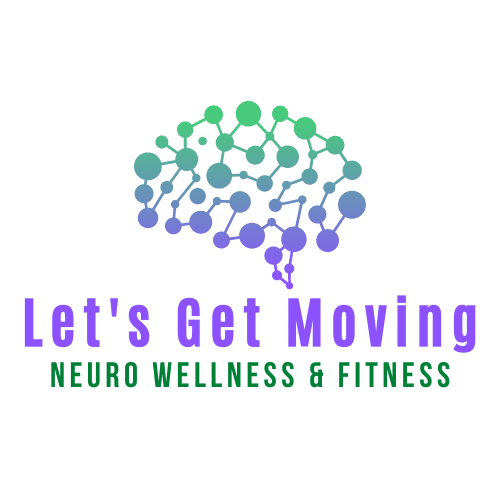Silver Sneakers Isn’t Enough
Is Silver Sneakers really the answer? In short, no. The idea behind Silver Sneakers- and similar community based senior fitness programs- is headed in the right direction but still fall short. First, not every insurance plans covers these programs. We know that regular exercise (aka one part of preventative care) helps reduce long term healthcare costs so why isn’t it available to everyone ages 65+ regardless of insurance coverage? Clearly some plans cover this because we know the personal health and larger economic impact of exercise- yet our current health care system still regulates coverage and beneficiaries- which in turn limits widespread use and effectiveness.
Second, these programs focus almost solely on group based programs. I’ll give them credit for broadening the scope to include virtual programs which captures those who either cannot or prefer not to join in a live setting, but the ownership is still entirely on the individual to join- and regularly participate in- the classes. There are detailed descriptions to help guide appropriateness but that’s about where it ends.
Where’s the guidance to select classes for someone new to exercise? Where‘s the support to help motivate an otherwise sedentary individual? Where are the options for those who don’t enjoy traditional exercise? Who’s ensuring that someone is participating in the right class? Or regularly participating in classes? Or checking in if a regular participant stops showing up? Research shows that older adults require more guidance, education, and most important, individualized support to promote regular physical activity.
There’s a reason why these programs are so underutilized- they don’t work. In addition to what’s provided, there should be programs that offer individual attention- periodic phone calls or telehealth sessions to check in, provide strategies for success, and refer to appropriate resources when needed. Again highlighting the importance of preventative care, these programs could be the perfect platform to refer to appropriate healthcare resources before a major adverse event or decline has occurred. There should also be more educational seminars/resources to help individuals guide and track their exercise, provide strategies for success, connect to additional health care professionals, and overall help foster the skills needed to promote long-term healthy, active habits. Self-efficacy is a critical component of maintaining healthy activity levels and current programs are missing this part entirely. Our older adults need more tools to take control of their health. And yes, I understand that what I’m proposing requires more funding, more programs, more healthcare professionals. There are feasible ways to do this, but that’s a conversation for another time.
Even without doing all of the math, I’d guess that implementing these types of programs would lead to better utilization, improved quality of life, and subsequently decrease overall healthcare costs. It’s no secret- people are living longer and our older adult population is just going to continue to grow in the coming years. At Let’s Get Moving, the mission is to promote health through movement although these services remain non-covered falling into the ‘non-medically necessary’ category. I’ll keep working and advocating so hopefully one day soon insurance companies will expand preventative care coverage- or at the bare minimum- improve their current programs to reach more of our baby boomers entering their golden years. Let’s help them live more fulfilled, healthy lives by actually providing programs and tools they need to do so. We can do better, we need to do better.
Learn more about Let’s Get Moving
